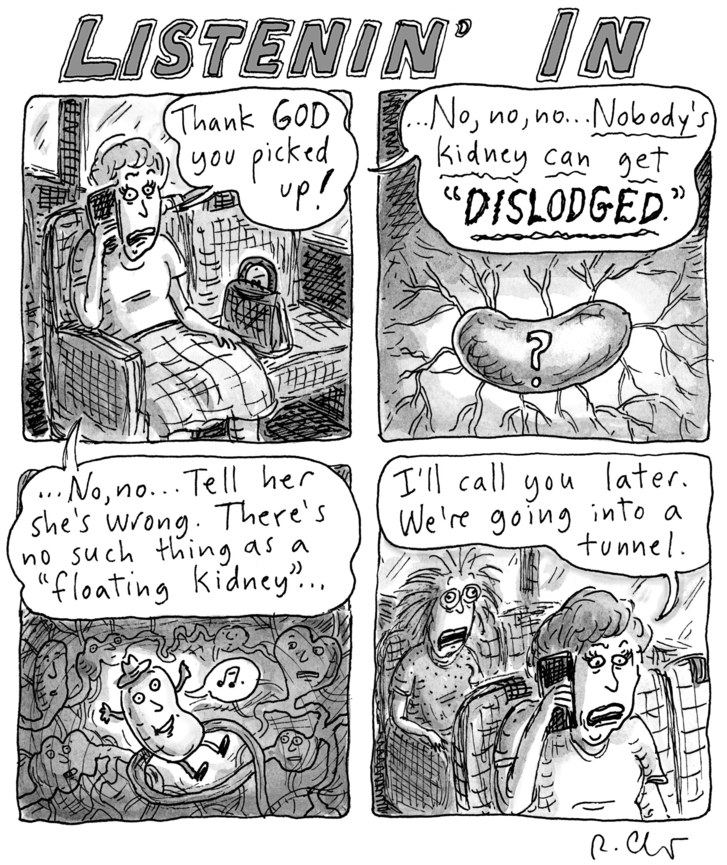
Snakebites can be painful and scary. But they may seem like weak nips after the hospital’s billing department sinks their teeth in.
Emergency treatment for a copperhead bite in a 9-year-old Indiana girl last summer cost a jaw-dropping $142,938, according to a report by Kaiser Health News. The bill includes $67,957 for four vials of antivenin. That works out to $16,989.25 for each vial—more than five times the average list price of $3,198. The bill also included $55,577.64 for air-ambulance transportation.
The girl, now 10, was away at summer camp last July, hiking in Illinois. When she went to step over a cluster of rocks on the trail, she got a bite on a toe on her right foot. Her camp counselors suspected it was a copperhead snake that bit her and rushed to get her medical treatment. She arrived at St. Vincent Evansville hospital in Indiana by air ambulance where doctors gave her four vials of an antivenin called CroFab. She was then transferred to Riley Hospital for Children in Indianapolis for recovery. All in all, she was released within 24 hours of the bite.
Crofab, like other antivenins, is made using a standard process: antivenin manufacturers milk snakes and other venomous creatures for their venom, which they then inject in small, harmless amounts into animals (in this case, sheep; in others, horses). Those animals make protective antibodies against the toxic components of venom, which are called venin. Manufacturers harvest those venin-targeting antibodies from the animals’ blood, process it, test it for quality and safety, then freeze-dry and distribute it as antivenin.
Though it’s a straightforward process, relatively few people end up needing an antivenin of any kind—less than 50,000 per year in the country. And that leads to steep prices.
“[W]hen price points are set after marketing approval of these lifesaving antidotes, the impact of development costs is magnified, together with that of bureaucracy and the profit motive,” Dr. Leslie Boyer wrote in a 2015 editorial on the matter. She’s the founding director of the VIPER Institute (Venom Immunochemistry, Pharmacology, and Emergency Response Institute) at the University of Arizona Health Sciences Center in Tucson, which helped develop Crofab, among other antivenins, using government grants.
In her 2015 editorial, Boyer lamented the prices for a scorpion antivenin her group also helped develop, which ranged from $7,900 to $39,652 per vial in the US. A sister drug, meanwhile, cost around just $100 in Mexico.
The stinging price difference is down to the “application of a for-profit drug development philosophy to treatments that other countries place in the domain of public health,” she concluded.
When KHN questioned St. Vincent Evansville hospital on its charges for Crofab, the hospital noted that the snake-bitten girl’s family wasn’t on the hook for the bill. Insurance covered the price of the antivenin. And, in the end, the family’s insurer negotiated the $67,957 antivenin bill to $44,092.87.
But, as KHN notes, such outlays by insurers help drive up the price of premiums and healthcare costs overall. The outlet also noted that the hospital has since dropped its charge for Crofab. It’s now $5,096.76 per vial, down from the earlier $16,989.25. The price change comes amid the US release of a Mexican antivenin product in October, called Anavip, which has a list price of $1,220 per vial.
